Raffia, jute, wicker: natural fibers are more fashionable than ever and this is how you'll wear them.

Everyone knows the name Jane Birkin , a great icon of 1960s cinema and music who also became a style icon in the fashion world. Beyond the iconic Hermès bag that bears her name—recently auctioned for over €8 million —the British actress and singer sported other bags made of raffia, wicker, and rattan that undoubtedly became her hallmark and a manifesto of French aesthetics. Her casual style set a trend and helped make what had until then been a simple beach bag more democratized and adaptable to all kinds of events and styles .
Back in the 1970s, the Spanish fashion house Castañer collaborated with Yves Saint Laurent , who commissioned him to make the espadrille an elegant and sophisticated shoe, thus giving rise to the first wedge espadrilles , a shoe originally with a esparto sole and now made of jute, a plant-based fiber. The shoe's work, commitment, and vision for the future have built a major international footwear brand. "Since then, we've innovated with different widths, heights, and finishes , while always maintaining the lightness and craftsmanship that characterize us," the brand explains.
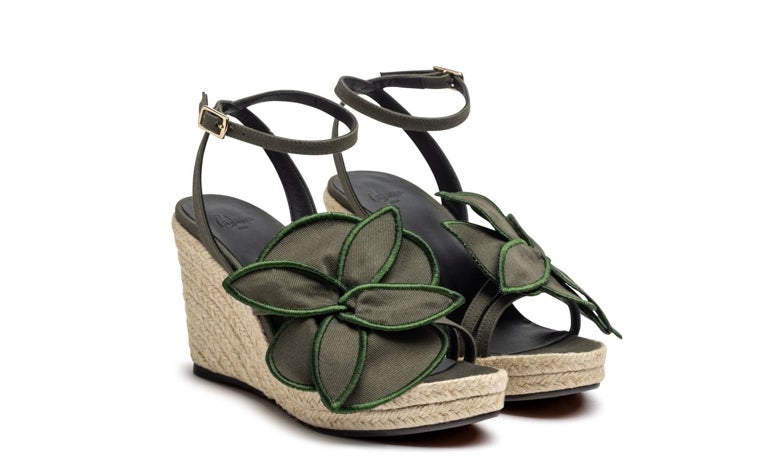
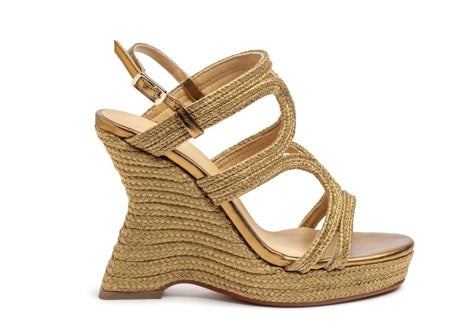
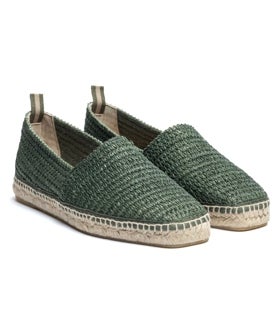
On the catwalk , major luxury brands have been incorporating all kinds of accessories made from natural fibers for years, in which craftsmanship also plays a significant role . We've seen it with Etro 's raffia headdresses and baskets, Ulla Johnson 's jewelry, and Zimmermann's designs. Loewe updates its raffia "Basket Bag" every season. Aquazzura offers true wonders with these materials, such as its bucket bag with nautical motifs. Not to be overlooked are Jacquemus 's XL hats or the accessories by Chloé and Isabel Marant , very much in line with their boho-chic aesthetic. Wicker, rattan, esparto grass, raffia, and bamboo are some of the materials that will be seen most, although it is often difficult to differentiate them.
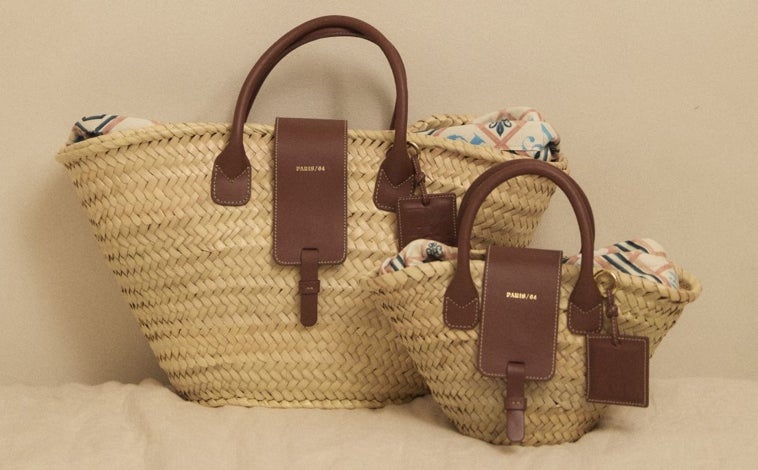
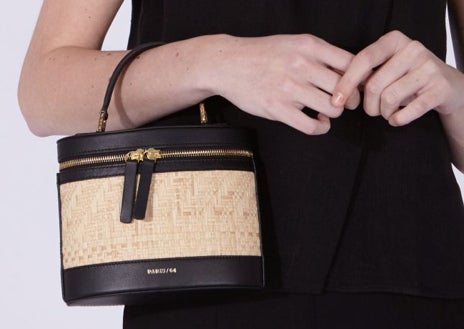
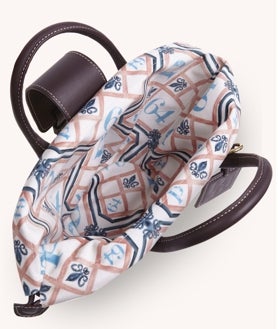
There's a long list of plant-based fibers , and many fashion brands are currently incorporating them into their production to create all kinds of garments with a focus on sustainability. "These materials provide an artisanal identity and a commitment to sustainability and ethical fashion. We decided to use them because they tell stories of tradition, respect the environment, and represent natural beauty," says María Alfonso , founder of Paris64 , an artisanal brand whose handmade bags incorporate pieces of rattan, palm, and raffia. This summer, they launched a collection of espadrilles that reinterpret classic styles and add a touch of functional modernity. Alfonso explains how these products are also very well-received in the international market "due to their manual work and traditional know-how" so characteristic of Spain.
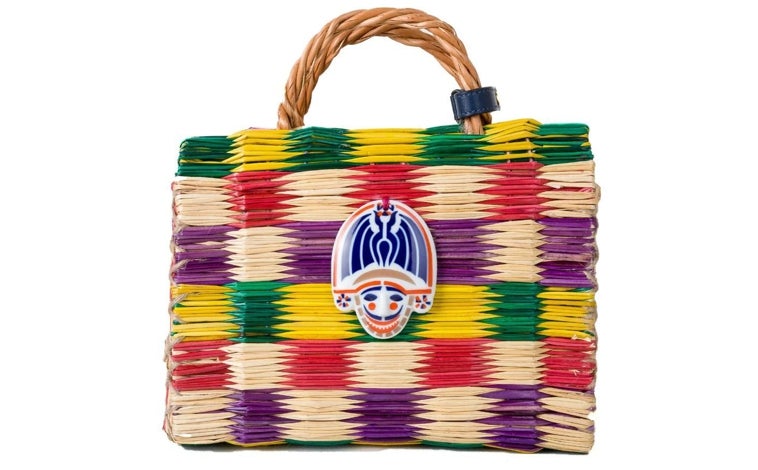
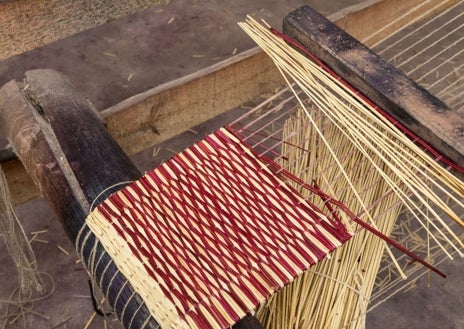

“Both jute and esparto grass are natural fibers that bring authenticity, sustainability, and freshness to footwear. They are breathable, lightweight, and highly durable materials, making them an ideal base for a comfortable and durable summer shoe,” explains Elena Domínguez Aguirre , creative director of Juncal Aguirre , a company that has been handcrafting espadrilles for over 30 years in its factory in Irún. “We tend to work with jute because it’s more versatile, accepts dyes better, is more flexible for hand-sewing, and is also more comfortable for everyday use. Although esparto grass is beautiful and has a very Mediterranean root , its stiffness and weight make it less suitable for certain designs or for prolonged use,” says Domínguez.
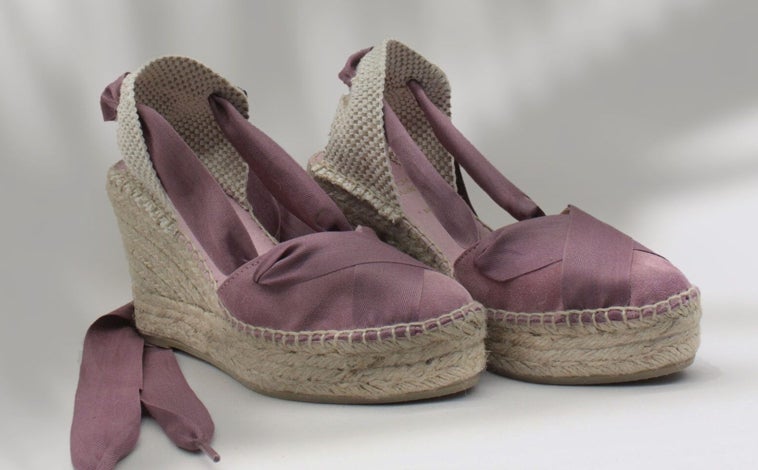
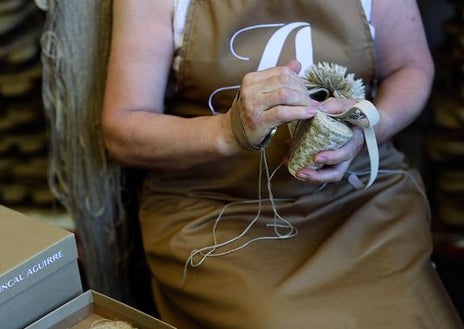
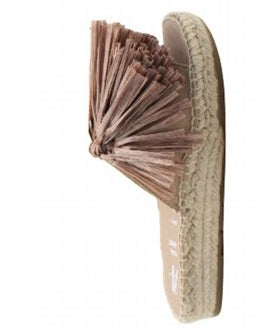
Jute is also the material used to make espadrilles, which Reyes Torregrosa , a former creative at Inditex, used to fulfill her dream of founding MAL.LIZ , a small company in Elche where working with the hands is the essence of the business and whose designs are constantly seen in the looks of fashion experts.
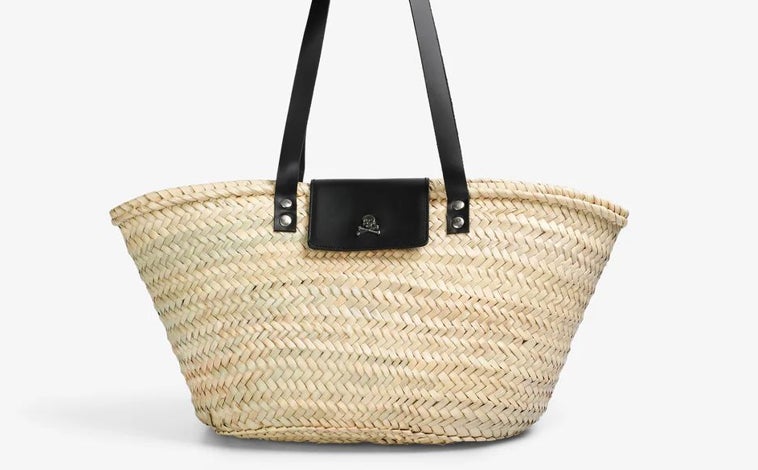
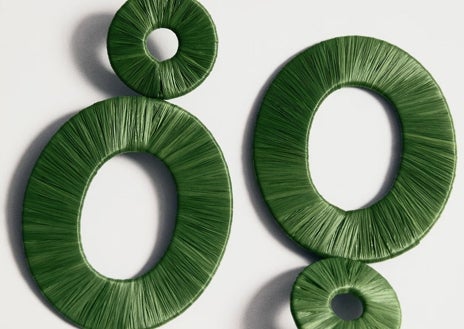
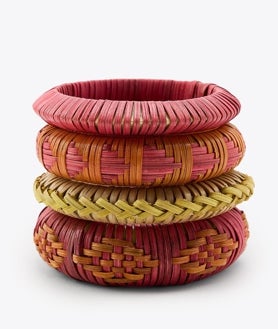
Bracelets, earrings, necklaces, belts, and even dresses are other accessories made with this type of fiber, although it's bags and shoes that endure and are renewed season after season to offer versions adapted to trends. They are foolproof summer accessories because "they combine very well with common summer fabrics like linen or crochet," explains stylist Leticia Riestra . Raffia and wicker have a very particular texture and a lot of information, which is why the expert recommends giving them all the prominence. "When it comes to dressing, remembering the rule of less is more and opting for a single accessory made of this material per look will be key ," recommends Riestra. Their artisanal, Mediterranean-inspired feel evokes that summery feeling that makes them essential this time of year, as the stylist explains, who for this season recommends investing in a wicker basket , "an accessory that will transport you directly to summer and that turns any look on its head. A classic that never fails," she affirms.
Artisan houses agree that the most characteristic of these materials is their life : they have texture, variations in tone, and a certain degree of imperfection that makes them unique and gives shape to pieces that become exclusive works of art. All of them require expert hands to work with, and that is precisely one of their greatest virtues : the ability to continue doing things slowly, calmly, with care and respect for the craft.
When caring for and maintaining these types of accessories, it is essential to avoid getting them wet and clean them dry. Avoid prolonged exposure to sunlight, protect them from moisture, and store them uncrushed to maintain their original shape. Cleaning should be done with a dry cloth or a soft, natural-bristle brush. For light stains, use a cloth slightly dampened with water and neutral soap, without soaking the material.
abc





